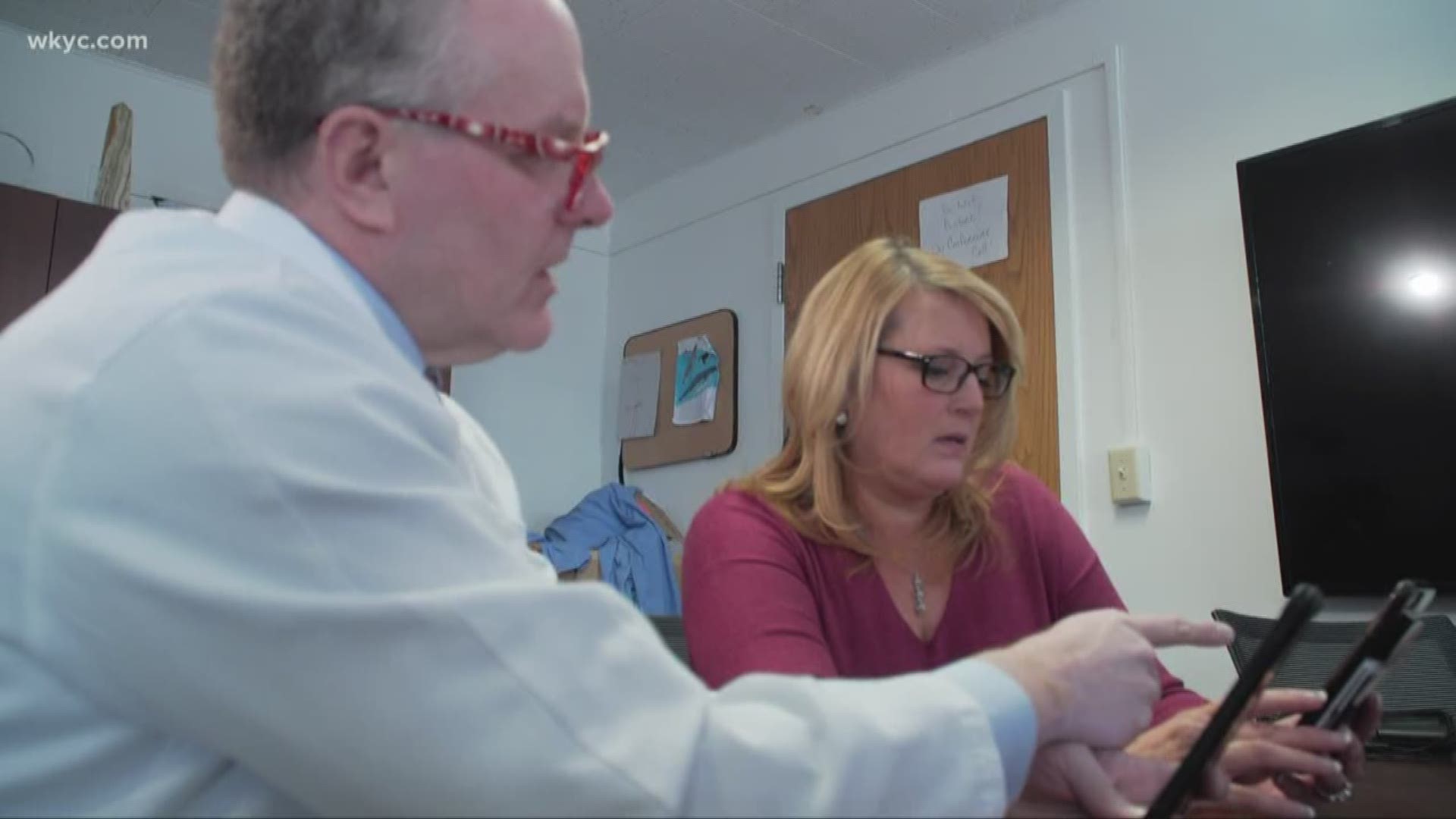A virtual visit is becoming one of the more common ways of seeing a doctor.
For some, it saves time, money, and is more convenient.
"I honestly think this is the future of medicine," Hannah Lutsock, a sophomore in college, said. "I don't think everything can be done through it, but we have the resources, why aren't we using them if we're able to cut down on germs spreading and help save time. Time is money."
A mom in Avon agrees with Lutsock. Dori Kish has used telemedicine for herself and her son.
"It's the best thing that has ever happened with medicine. It is easy, convenient, quick," said Kish.
The mother of two teenagers tells 3News that virtual visits are free with her health insurance and save her money.
The former medical director of Cleveland Clinic's Digital Health, Dr. Peter Rasmussen, says telemedicine is becoming the preferred first visit.
"I think it's a great way to start the care process because you can access a physician or a care provider within 30 seconds on the Cleveland Clinic Express Care online app and if that provider can't solve your problem at that time you can be referred for an in-person visit," said Rasmussen.
Rasmussen says the clinic prefers using this method for patients who may have the flu because it keeps them from infecting other patients in emergency rooms or urgent care facilities.
However, not everyone is a fan of telemedicine. Some critics say virtual visits don't save as much money as advertised. Others believe it can lead to an uptick in over-prescribing antibiotics.
In 2019, the University of Pittsburgh researchers released a study that showed parents who used telemedicine for their children were 55% more likely to get prescribed antibiotics. This is compared to parents who took their children to a traditional office visit.
"There have been some reports of over-prescribing using telemedicine and there have been reports of over-prescribing in person," Rasmussen said in response to the study. "We don't think there's a difference on our platform for our patients."
Ohio law requires good faith effort by telemedicine. That means the telemedicine doctor should attempt to share a patient's medical record with their primary care physician. This is a way for the primary doctor to stay up to date on what drugs the patient has been prescribed.
While antibiotics can be prescribed from a virtual visit, narcotics cannot.
Telemedicine has been shown to benefit those who don't have access to medical centers and those who need treatment for chronic care.
Lutsock says while she knows telemedicine cannot substitute seeing a doctor in person, it has come in hand recently when she had a suspected case of strep throat.
"I didn't have to go sit in a waiting room. They put an order in, I did it and I left. I didn't have to wait for a doctor."
Keep in mind, telemedicine is not a substitute for your own primary care physician, who can oversee your total wellness.
If you are setting up a virtual appointment, make sure to ask if they will share information from your visit with your primary care physician.

